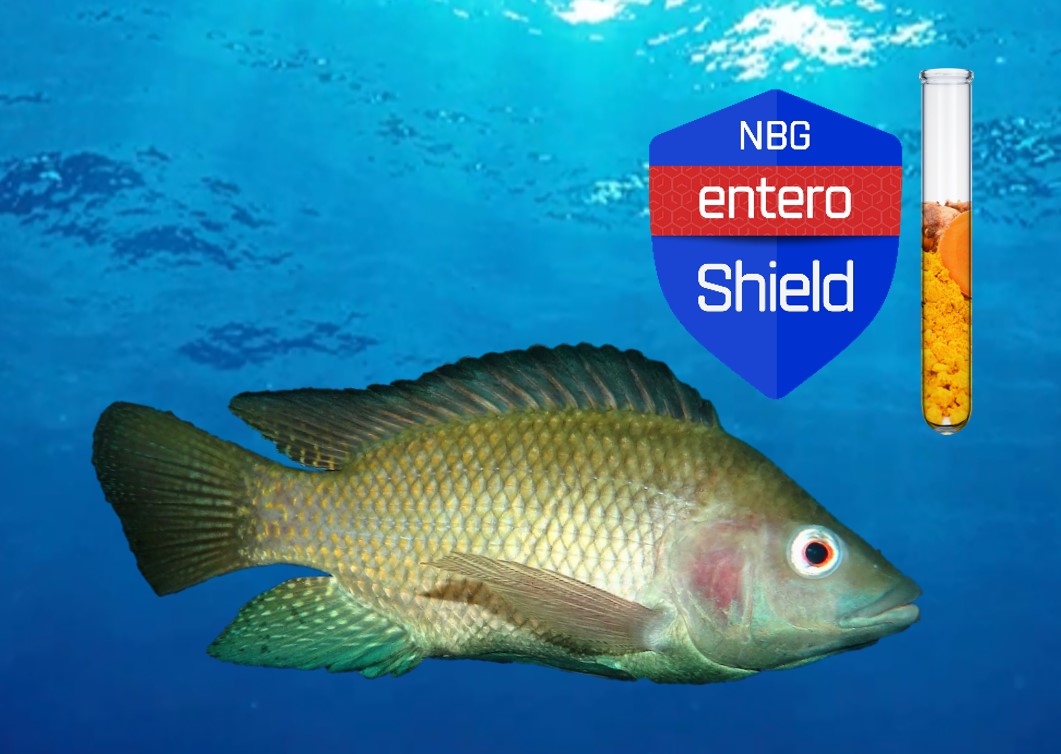Antimicrobial and immunomodulatory effects of curcumin in fish

Dear colleagues,
This week we have chosen an article that shows the powerful direct and indirect antimicrobial effect of Curcumin in Nile Tilapia.
There are several articles showing the effect of Curcumin as an intestinal protector and antimicrobial, for example in one of our last publications we showed you the positive effects against Vibrio in shrimp.
The effect seems to be related to suppression of bacterial cell proliferation and interruption of prokaryotic cell division, but there is another more interesting effect related to immunomodulation which, in our view, is the key to its powerful effect. This effect is probably related to the strong antioxidant effect on both the gut and the liver when absorbed, both key organs for immune response.
In this article we see how curcumin is able to increase all immune parameters, innate and adaptive immune response in fish.
From our point of view this is because curcumin allows a good handling of the oxidative molecules that are being produced by the innate immune system to kill bacteria, so the autoregulation that produces immunosuppression to stop an excess of free radicals is not activated and the consequence is an increased activity of the innate and adaptive immune system. In the light of this trial We are not surprised by the good effects it is producing also in shrimp where the innate immune system is the only immune system and the hepatopancreas is a key organ.
In closing we remind that curcumin levels must be under control because an excess of curcumin works very well as a direct antimicrobial but it is also a pro-oxidant and could negatively affect the intestinal tract with undesirable inflammation.
In Nutribiogenics we have developed NBG EnteroShield which is a potent source of protected curmumin with a slow release to always allow for the correct dosage in the gut and bloodstream.
Enjoy the article.


 ES
CERRAR X
ES
CERRAR X